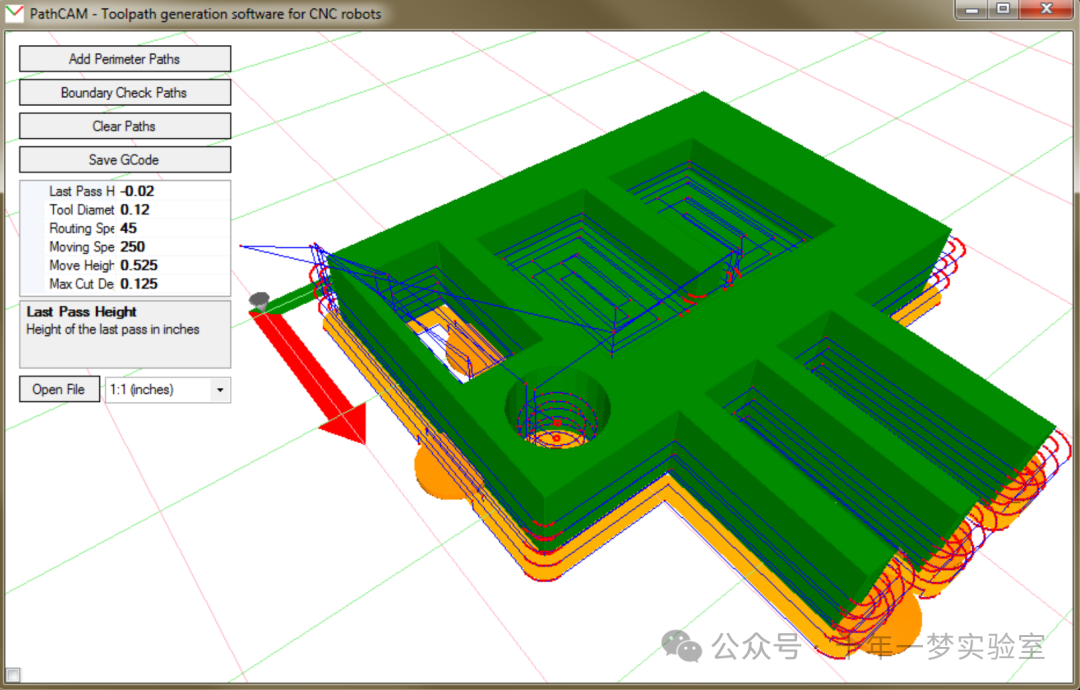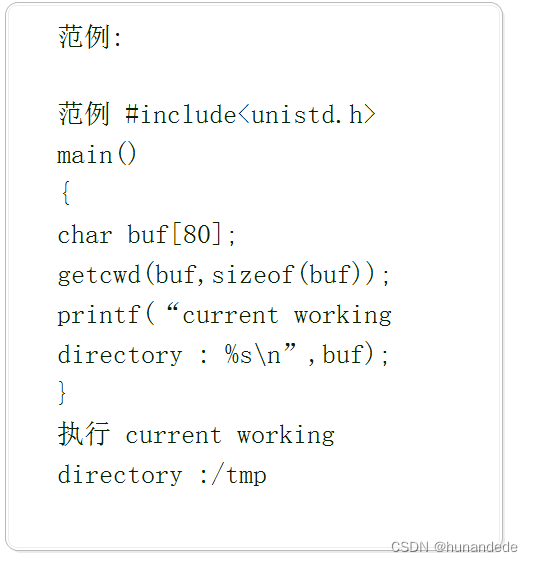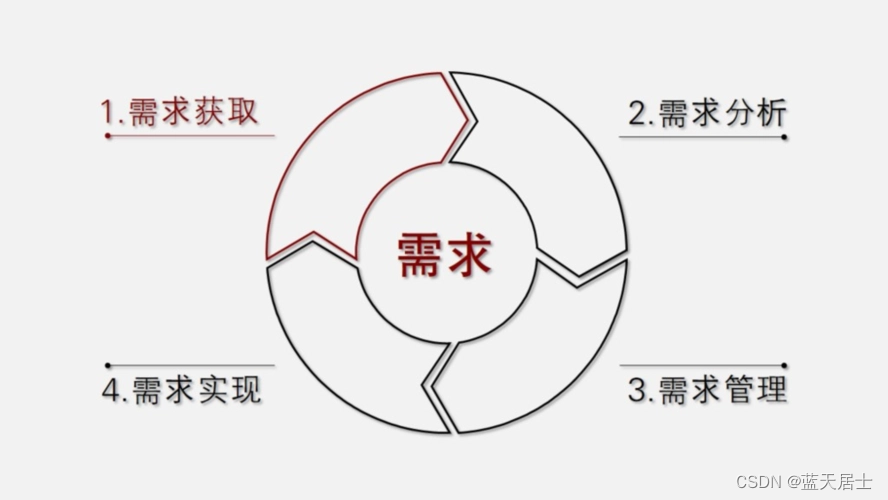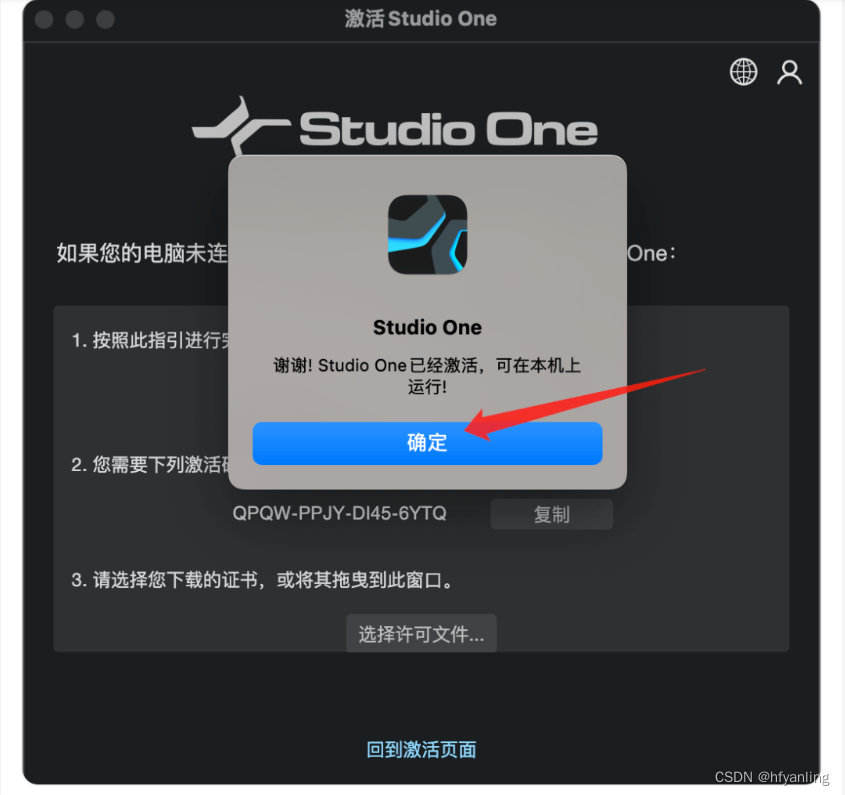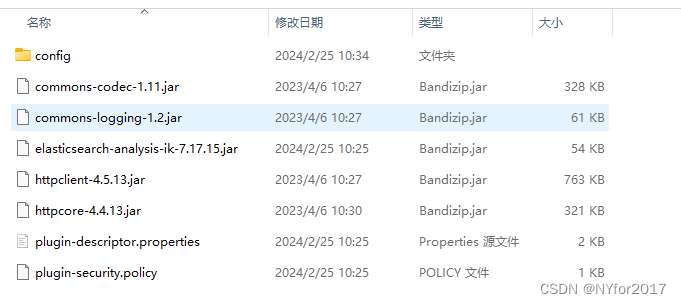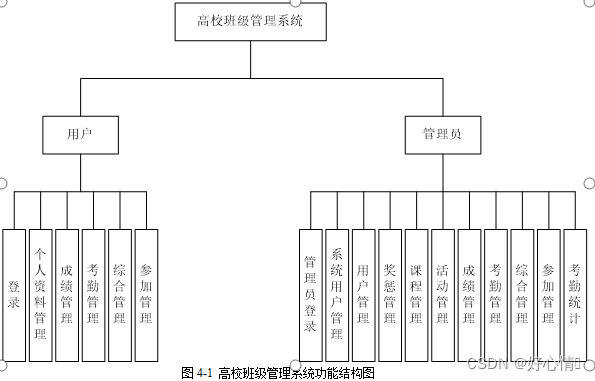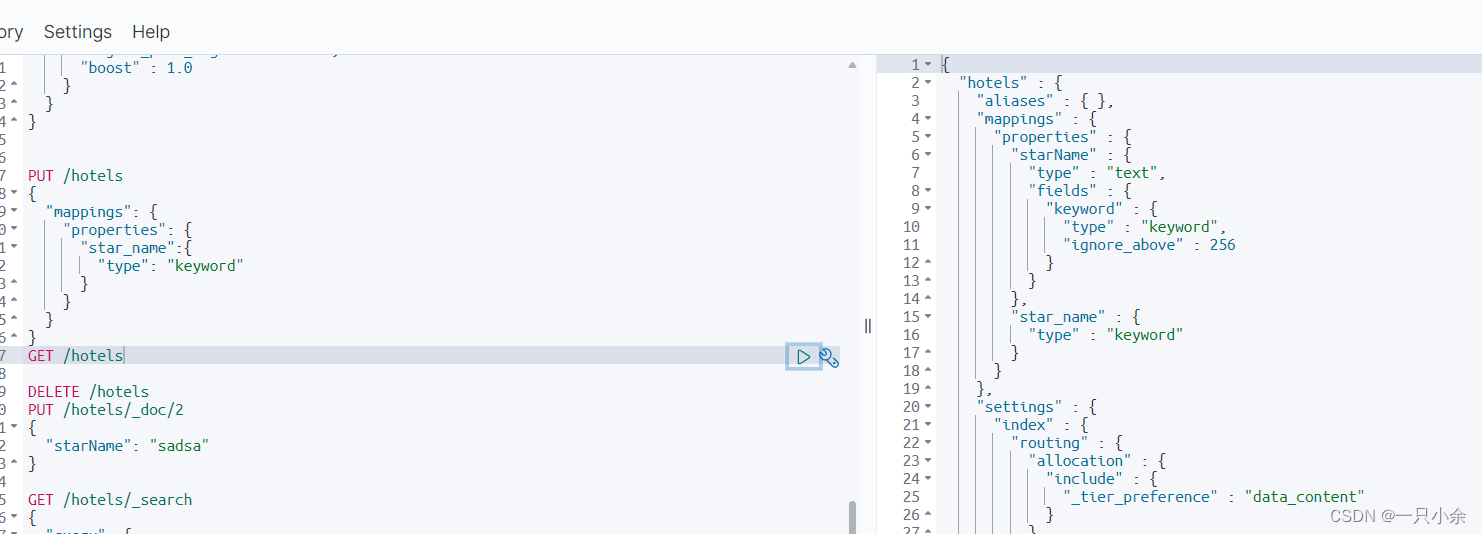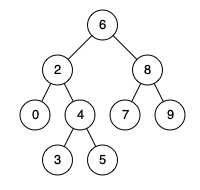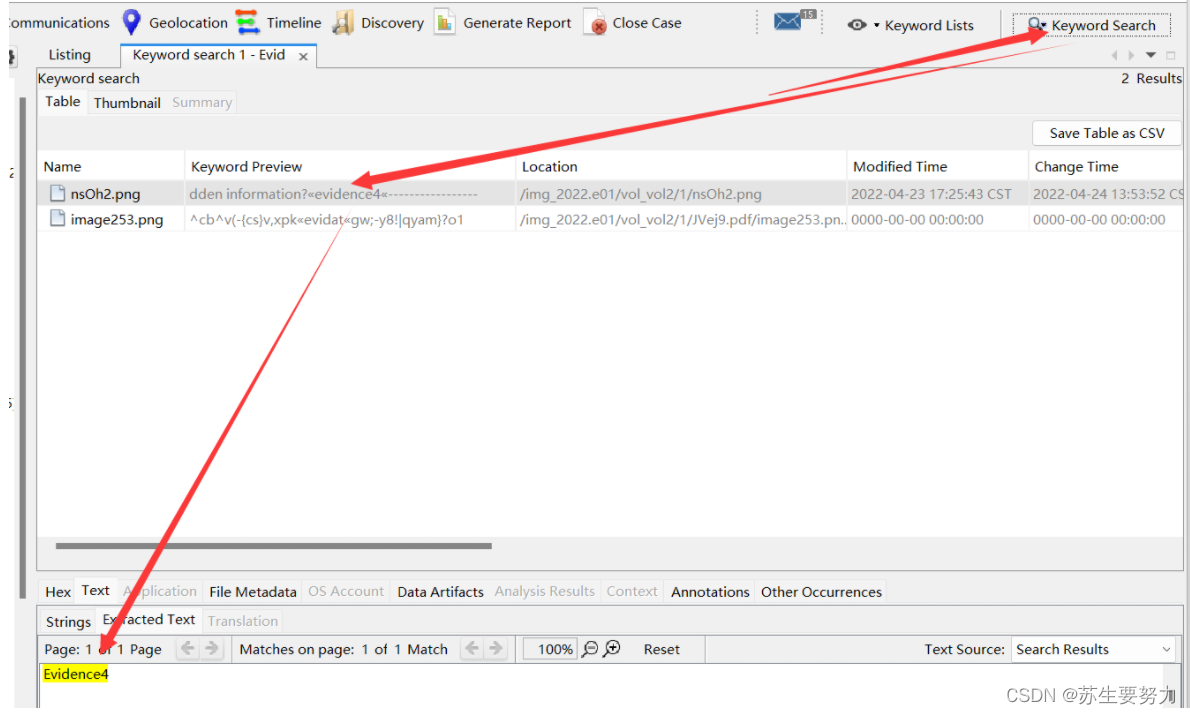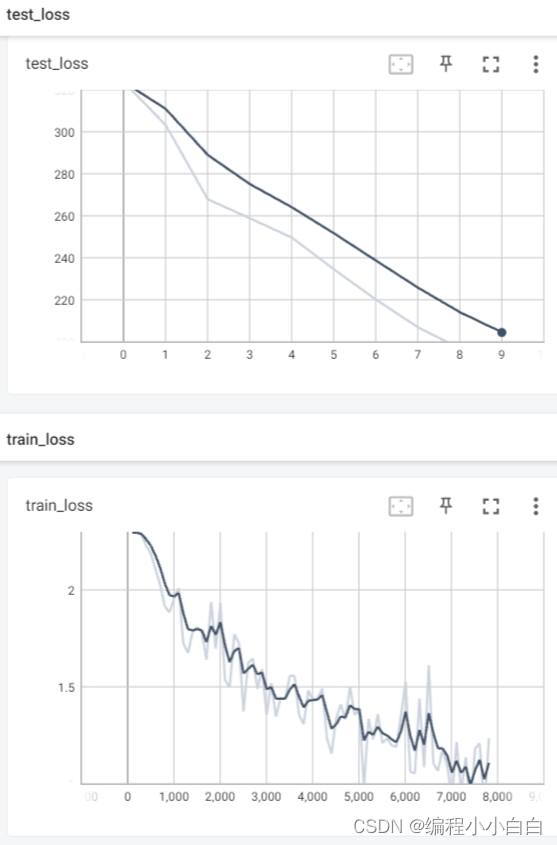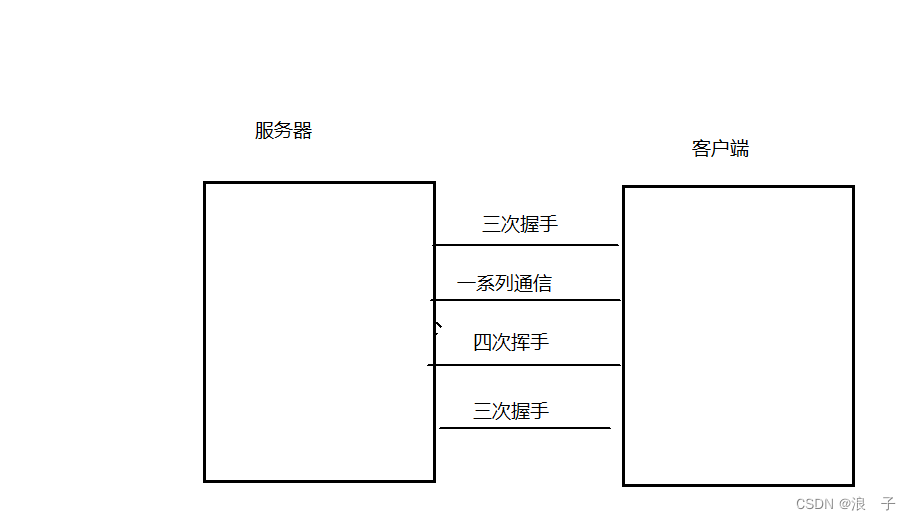实验内容
对于给定的如下文法,编写调试一个上下文无关文法的LR(0)分析程序。
文法G’为:
S → E S\to E S→E
E → a A E\to aA E→aA
E → b B E \to bB E→bB
A → c A A\to cA A→cA
A → d A\to d A→d
B → c B B\to cB B→cB
B → d B\to d B→d
实验环境
- IDE:PyCharm 2023.2.1 (Community Edition)
- Python:3.8.5
- 库:tkinter
测试结果截图以及说明
文法:
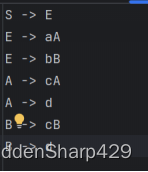
读取功能后功能选择:
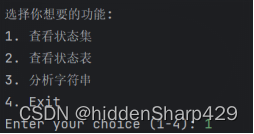
状态集:

状态表:
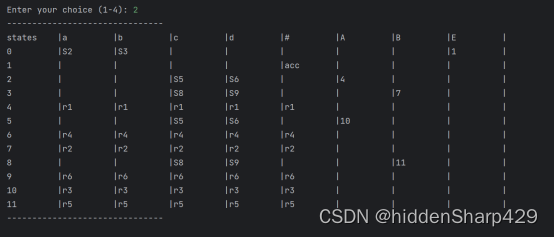
分析字符串,输入后得到结果:

退出程序:
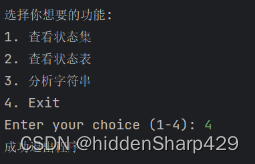
代码部分
代码结构如下
project_floder
│ LICENSE.md
│ main.py
│ README.md
│ read_grammar.py
│
├─.idea
│ │ .gitignore
│ │ deployment.xml
│ │ LR(0).iml
│ │ misc.xml
│ │ modules.xml
│ │ vcs.xml
│ │ workspace.xml
│ │
│ └─inspectionProfiles
│ profiles_settings.xml
│
├─src
│ grammar_1.txt
│ grammar_2.txt
│
└─__pycache__
代码仓库(Github)
 |
|---|
| https://github.com/hiddenSharp429/LR-0-_analysis |
read_grammar.py
"""
@coding : utf-8
@File : read_grammar.py
@Author : hiddensharp
@Date : 2023/12/10
@Desc : 返回一个能够给lr0分析器分析的字典并自动变成增广文法
@Version:
@Last_editor
"""
import re
class ReadGrammar(dict):
def __init__(self, grammar_file_path):
super().__init__()
self.file_path = grammar_file_path
self.translate()
self.add_augmented_production()
def translate(self):
# 从文件中读取规则
with open(self.file_path, 'r', encoding='utf-8') as file:
rules = file.readlines()
# 遍历每一条规则
for rule in rules:
# 使用正则表达式匹配规则的左部和右部
match = re.match(r'\s*(\w+)\s*->\s*(.+)\s*', rule)
if match:
left = match.group(1)
right = match.group(2)
# 如果左部非终结符还不存在于字典中,则添加
if left not in self:
self[left] = []
# 将右部按照单个字符拆分并添加到左部的规则中
productions = [symbol for symbol in right]
self[left].append(tuple(productions))
def add_augmented_production(self):
# 获取原始文法的起始符号
original_start_symbol = list(self.keys())[0]
# 生成新的起始符号
new_start_symbol = 'S'
# 创建新的字典,将新的起始产生式添加到新的字典中
new_dict = {new_start_symbol: [(original_start_symbol,)]}
# 将原始字典的内容添加到新的字典后面
new_dict.update(self)
# 将新的字典设置为当前字典
self.clear()
self.update(new_dict)
# 返回新的起始符号
return new_start_symbol
if __name__ == '__main__':
# 定义需要读取的文法文件的路径
grammar_file_path = 'src/grammar_2.txt' # 使用非拓广的文法
# 转换为该解析器能读取的字典格式
grammar_reader = ReadGrammar(grammar_file_path)
print("Original Grammar:")
print(grammar_reader)
main.py
"""
@coding : utf-8
@File : main.py
@Author : zixian Zhu(hiddensharp)
@Date : 2023/12/10
@Desc :
@Version:
@Last_editor
"""
import tkinter as tk
from tkinter import filedialog, messagebox
from read_grammar import ReadGrammar
class LR0Parser:
def __init__(self, grammar):
# 初始化LR(0)分析器,接收文法作为参数
self.grammar = grammar
# 计算闭包和转移函数
self.compute_closure_goto()
def closure(self, items):
'''
计算闭包函数
:param items: 当前项目集的集合
:return:
'''
# 初始化闭包集合,包含输入的项目集
closure_items = set(items)
# 标志用于迭代,表示是否有项目被添加到闭包中
changed = True
# 循环直到没有新的项目添加到闭包中为止
while changed:
# 将标志设为 False,表示没有新的项目添加到闭包中
changed = False
# 对当前闭包集合中的每个项目进行遍历
for item in closure_items.copy():
# 获取项目中点的位置,如果没有点则使用项目的长度作为点的位置
dot_index = item[1].index('.') if '.' in item[1] else len(item[1])
# 如果点的位置不在项目的最后一个位置之前
if dot_index < len(item[1]) - 1:
# 获取点后面的符号
next_symbol = item[1][dot_index + 1]
# 如果该符号在文法中
if next_symbol in self.grammar:
# 对该符号的每个产生式进行遍历
for production in self.grammar[next_symbol]:
# 创建一个新项目,将点移动到产生式的开头
new_item = (next_symbol, ('.',) + production)
# 如果新项目不在闭包中,则添加到闭包中,并将标志设为 True
if new_item not in closure_items:
closure_items.add(new_item)
changed = True
# 处理以点结尾的项目的闭包
for item in closure_items.copy():
dot_index = item[1].index('.') if '.' in item[1] else len(item[1])
# 如果点在项目的最后一个位置
if dot_index == len(item[1]) - 1:
# 检查状态集中是否已经存在相同的状态
if item not in closure_items:
# 添加新项目到闭包中,并将标志设为 True
closure_items.add(item)
changed = True
# 返回闭包的冻结集合,确保集合是不可变的
return frozenset(sorted(closure_items))
def goto(self, items, symbol):
'''
计算转移函数
:param items: 当前项目集的集合
:param symbol: 转移的符号
:return:
'''
# 初始化转移后的项目集合
goto_items = set()
# 对当前项目集合中的每个项目进行遍历
for item in items:
# 获取项目中点的位置,如果没有点则使用项目的长度作为点的位置
dot_index = item[1].index('.') if '.' in item[1] else len(item[1])
# 如果点的位置不在项目的最后一个位置之前,并且点后的符号与输入的符号相匹配
if dot_index < len(item[1]) - 1 and item[1][dot_index + 1] == symbol:
# 创建一个新项目,将点移动到符号的位置
new_item = (item[0], item[1][:dot_index] + (symbol, '.') + item[1][dot_index + 2:])
# 将新项目添加到转移后的项目集合中
goto_items.add(new_item)
# 调用闭包函数,计算转移后的闭包
return self.closure(goto_items)
def compute_closure_goto(self):
'''
计算LR(0)项集规范族中所有状态的闭包和转移函数
:return:
'''
# 初始化状态集合和转移字典
self.states = []
self.transitions = {}
# 获取文法中所有出现的符号,包括终结符和非终结符,并按照大小写顺序排列
all_symbols = sorted(set(
symbol for production_list in self.grammar.values() for production in production_list for symbol in
production))
# 初始化初始项目和初始状态
initial_item = ('S', ('.', 'E'))
initial_state = self.closure({initial_item})
# 将初始状态添加到状态集合中
self.states.append(initial_state)
# 使用队列实现广度优先搜索,初始状态入队
queue = [initial_state]
# 循环直到队列为空
while queue:
# 出队当前状态
current_state = queue.pop(0)
# 对文法中的每个符号进行遍历,包括终结符和非终结符
for symbol in all_symbols:
# 计算转移后的项目集
goto_items = self.goto(current_state, symbol)
# 如果存在转移后的项目集
if goto_items:
# 计算转移后项目集的闭包
closure_goto_items = self.closure(goto_items)
# 如果闭包非空且不在已有状态集合中
if closure_goto_items and closure_goto_items not in self.states:
# 将闭包添加到状态集合中
self.states.append(closure_goto_items)
# 将闭包入队,以便继续搜索
queue.append(closure_goto_items)
# 记录当前状态到符号的转移关系
self.transitions[(current_state, symbol)] = closure_goto_items
def is_reduce_state(self, state):
'''
判断状态是否为规约状态
:param state: 状态
:return: 是否为规约状态
'''
# 在这里实现判断状态是否为规约状态的逻辑
for item in state:
# 获取项目中点的位置,如果没有点则使用项目的长度作为点的位置
dot_index = item[1].index('.') if '.' in item[1] else len(item[1])
# 如果点的位置在项目的最后一个位置之前,说明这是规约状态
if dot_index < len(item[1]) - 1:
return False
# 如果没有任何项目的点在最后,说明这是规约状态
return True
def get_reduce_production_index(self, state):
'''
获取规约状态对应的产生式的索引
:param state: 规约状态
:return: 产生式的索引
'''
# 在文法中查找该产生式的位置
for item in state:
# 获取项目中点的位置,如果没有点则使用项目的长度作为点的位置
dot_index = item[1].index('.') if '.' in item[1] else len(item[1])
# 如果点的位置在产生式右部的最后一个位置,说明这是规约状态
if dot_index == len(item[1]) - 1:
# 获取规约项目的产生式左右部
production_left = item[0]
production_right = item[1][:dot_index]
production_index = 0 # 产生式子在文法中的索引
# 在文法中查找该产生式左右两部分均匹配的位置
for left_symbol, productions in self.grammar.items():
for index, production in enumerate(productions):
if left_symbol == production_left and production == production_right:
return production_index + index
production_index += len(productions)
def print_states(self):
'''
打印所有的状态集
:return:
'''
print("LR(0) Parsing States:")
# 遍历所有状态
for i, state in enumerate(self.states):
# 输出当前状态的编号和项目集
print(f"State {i}: {state}")
def print_table(self):
'''
打印LR(0)分析表
:return:
'''
# 获取文法中所有出现的符号,包括终结符和非终结符
all_symbols = sorted(set(
symbol for production_list in self.grammar.values() for production in production_list for symbol in
production))
# 分类大小写字符
uppercase_symbols = sorted(set(symbol for symbol in all_symbols if symbol.isupper()))
lowercase_symbols = sorted(set(symbol for symbol in all_symbols if symbol.islower()))
lowercase_symbols.append('#') # 给ACTION表添加一个#列
all_sorted_symbols = lowercase_symbols + uppercase_symbols
# 初始化表格
self.states_table = [[''] * (len(self.states) + 10) for _ in range(len(all_symbols) + 10)]
# 设置表头
self.states_table[0][0] = 'states'
for row in range(len(self.states)):
self.states_table[row + 1][0] = row
for col, symbol in enumerate(all_sorted_symbols, start=1):
self.states_table[0][col] = symbol
# 填写表格
for row in range(1, len(self.states) + 1):
for col in range(1, len(all_sorted_symbols) + 1):
# 获取当前符号
current_states = self.states_table[row][0]
current_symbol = self.states_table[0][col]
# 如果是规约状态,则填写规约式的序号
if self.is_reduce_state(self.states[current_states]):
production_index = self.get_reduce_production_index(self.states[current_states])
if production_index == 0: # 增广产生式的索引为0
# 只有#列才标注acc
if current_symbol == '#':
cell_value = 'acc'
else:
cell_value = ''
else: # 除了增广产生式以外的情况
if current_symbol in lowercase_symbols: # 只填写终结符栏
cell_value = 'r' + str(production_index)
else:
cell_value = ''
else:
# 计算goto
goto_state = self.goto(self.states[current_states], current_symbol)
# 如果存在goto状态,填写状态编号,并根据符号类型添加前缀
if goto_state:
# 查找goto_state在self.states中的索引
goto_index = self.states.index(goto_state)
cell_value = goto_index
if current_symbol.islower():
cell_value = 'S' + str(cell_value)
else:
cell_value = ''
# 将单元格值填写到表格中
self.states_table[row][col] = cell_value
# 打印表格
for row in range(len(self.states) + 1):
for col in range(len(all_sorted_symbols) + 1):
print(f"{self.states_table[row][col]:<10}", end='|')
print()
def parse_string(self, input_string):
'''
使用LR(0)分析表判断输入字符串是否属于文法
:param input_string: 输入字符串
:return: 如果是文法中的句子,返回True;否则,返回False
'''
# 将输入字符串添加结束符'#'
input_string += '#'
# 初始化分析栈,初始状态,和输入字符串索引
states_stack = [0]
symbol_stack = ['#']
input_index = 0
step = 1 # 步骤计数
goto_state = '' # 初始化goto_state
while True:
# 获取当前状态和输入符号
current_state = states_stack[-1]
current_symbol = input_string[input_index]
# 查找LR(0)分析表中的动作
action = self.get_action(current_state, current_symbol)
# 打印步骤信息
print(f"步骤{step:<4} | 状态栈: {str(states_stack):<20} | 符号栈: {str(symbol_stack):<30} | "
f"输入串: {input_string[input_index:]:<15} | "
f"ACTION: {action:<10} | ", end="")
# 如果动作为空,说明分析表中无对应的动作,字符串不属于文法
if not action:
return False
# 根据动作类型进行处理
if action.startswith('S'):
# 移入动作
next_state = int(action[1:])
states_stack.append(next_state)
symbol_stack += input_string[input_index]
input_index += 1
print(f"GOTO: ")
elif action.startswith('r'):
# 规约动作
production_index = int(action[1:])
production = self.get_production_by_index(production_index)
# 弹出产生式右部的符号
for _ in range(len(production[1])):
states_stack.pop()
symbol_stack.pop()
# 获取规约后的状态
goto_state = self.get_action(states_stack[-1], production[0])
states_stack.append(goto_state)
symbol_stack.append(production[0])
print(f"GOTO: {goto_state}")
elif action == 'acc':
print(f"GOTO: ")
# 接受动作,字符串属于文法
return True
step += 1 # 步骤计数加一
def get_action(self, state, symbol):
'''
根据状态和符号获取LR(0)分析表中的动作
:param state: 状态
:param symbol: 符号
:return: 动作
'''
# 如果状态和符号在分析表中有对应的动作,则返回动作,否则返回空字符串
symbol_index = self.states_table[0].index(symbol)
state_index = state + 1
action = self.states_table[state_index][symbol_index]
return action
def get_production_by_index(self, production_index):
'''
根据产生式的索引获取产生式
:param production_index: 产生式的索引
:return: 产生式
'''
# 在文法中查找该产生式的位置
for left_symbol, productions in self.grammar.items():
for index, production in enumerate(productions):
if production_index == 0:
return left_symbol, production
production_index -= 1
if __name__ == '__main__':
# 创建Tkinter根窗口(不显示)
root = tk.Tk()
root.withdraw() # 隐藏Tkinter根窗口
# 显示自定义提示窗口
info_message = """
导入的文件格式示例:
E -> aA
E -> bB
A -> cA
A -> d
B -> cB
B -> d
"""
messagebox.showinfo("提示", info_message)
# 弹出文件选择对话框
grammar_file_path = filedialog.askopenfilename(
title="选择文件",
filetypes=[("Text files", "*.txt"), ("All files", "*.*")]
)
# 定义需要读取的文法文件的路径
# grammar_file_path = 'src/grammar_2.txt'
# 语法文件不为空
if(grammar_file_path):
grammar = ReadGrammar(grammar_file_path) # 转换为该解析器能读取的字典格式
lr0_parser = LR0Parser(grammar) # 创建LR(0)分析器
while True:
print("\n选择你想要的功能:")
print("1. 查看状态集")
print("2. 查看状态表")
print("3. 分析字符串")
print("4. Exit")
choice = input("Enter your choice (1-4): ")
if choice == '1':
lr0_parser.print_states() # 打印该文法的状态集合
elif choice == '2':
print("-------------------------------")
lr0_parser.print_table() # 打印LR(0)的状态表
print("-------------------------------")
elif choice == '3':
# 测试字符串 bccd
input_string = input("Enter the string to parse: ")
result = lr0_parser.parse_string(input_string)
if result:
print(f'该输入串:"{input_string}" 属于该文法')
else:
print(f'该输入串:"{input_string}" 不属于该文法')
elif choice == '4':
print("成功退出程序")
break
else:
print("非法数字!")
结束语
如果有疑问欢迎大家留言讨论,你如果觉得这篇文章对你有帮助可以给我一个免费的赞吗?我们之间的交流是我最大的动力!
